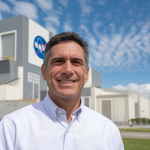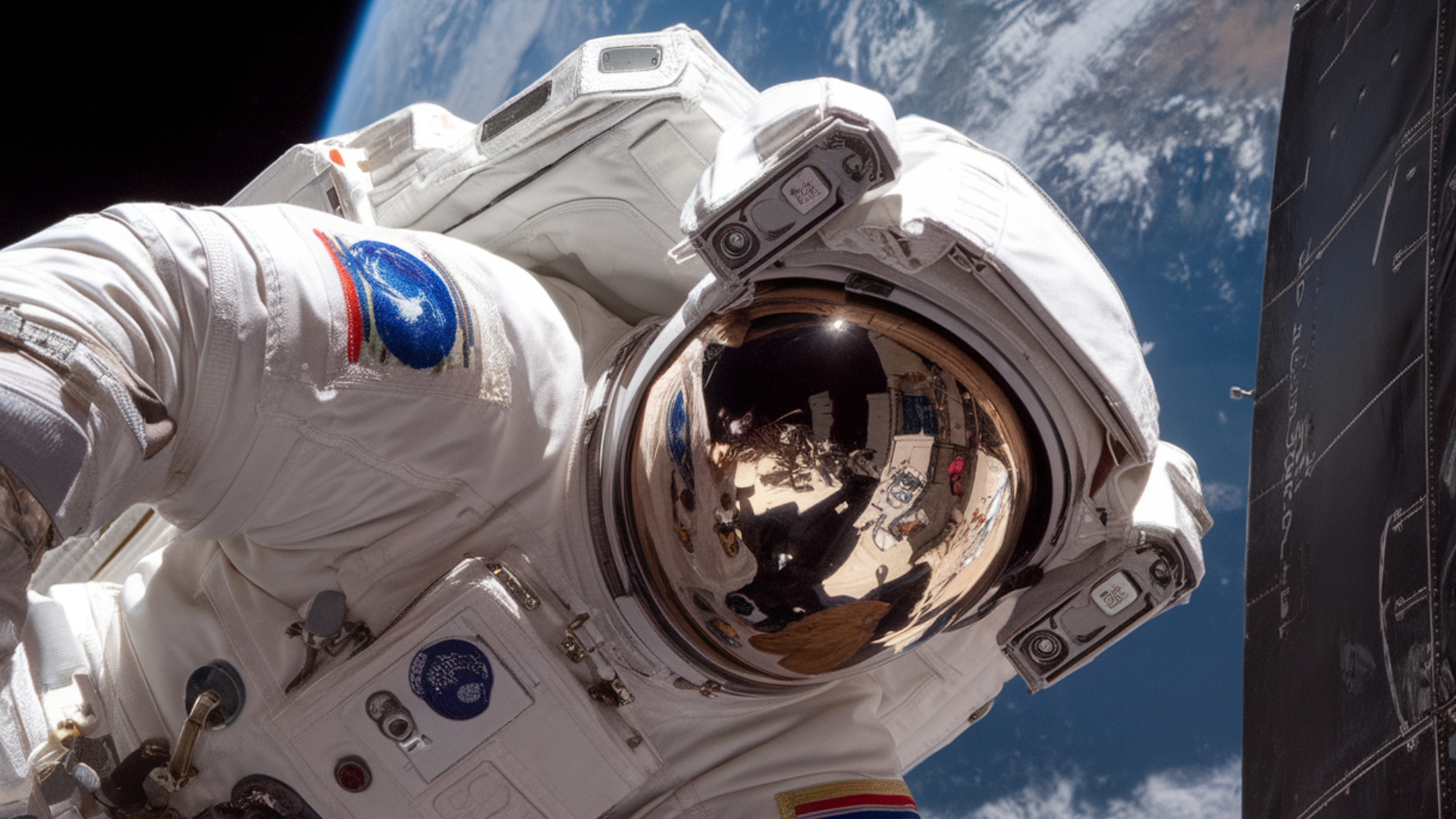Imagine trying to eat a meal where your food floats away the moment you take a bite; that’s everyday life for astronauts living in space.
Without gravity, even something as simple as drinking water or spreading peanut butter becomes a challenge.
To solve this, scientists and engineers have created special packaging, tools, and food that work in zero gravity.
From freeze-dried meals to magnetic trays, every bite in space is a mix of science, creativity, and careful planning.
It’s an amazing example of how humans adapt to make even the smallest comforts possible while orbiting hundreds of miles above Earth.
How Do Astronauts Eat in Space?
Eating in zero gravity is a unique challenge since food and liquids can float away.
Astronauts don’t eat from open plates; instead, they use specially designed packaging, such as freeze-dried, vacuum-sealed, or tube-packed foods.
Freeze-dried foods have their water removed to make them lightweight and last longer, and astronauts add water back before eating.
Vacuum sealing keeps food crumb-free and fresh. Drinks such as coffee and juice come in sealed pouches with straws to prevent spills in the microgravity environment.
To avoid dangerous crumbs, bread is replaced with tortillas, which are soft and crumb-free, making them safer and easier to manage.
Forks, spoons, and trays are secured using Velcro or magnets so nothing floats away during meals.
Types of Specialized Food for Space


Image Source – Kennedy Space Centre
Astronauts enjoy different food types in space, each designed for safety, freshness, and easy eating without gravity:
Freeze-Dried Food
Freeze-dried food is one of the most common types of food astronauts eat in space. The process removes water from the food to make it lightweight and long-lasting.
When it’s time to eat, astronauts simply add hot or cold water back into the package to rehydrate the meal. This makes it both safe and easy to prepare in zero gravity.
Common freeze-dried foods include fruits, rice, pasta, and even full meals like chicken and vegetables.
Thermostabilized Food
Thermostabilized food is heat-treated to stay safe for long periods without refrigeration. This process locks in flavor and nutrition while preventing spoilage.
Astronauts can store these foods at room temperature, which is perfect for long missions. Soups, stews, casseroles, and even pasta sauces are often prepared this way.
These meals offer variety and comfort, giving astronauts a warm and filling option that feels closer to home. It’s a reliable choice for daily space dining.
Vacuum-Sealed Food
Vacuum-sealed food is packed tightly in airtight packaging to stop crumbs and keep the food fresh. Since crumbs can float in zero gravity and cause problems for equipment or astronauts, vacuum sealing is an essential method.
These packs are easy to store, lightweight, and simple to open during mealtime. Nuts, snacks, and crumb-free crackers are usually stored this way.
This type of food offers astronauts both convenience and safe snacking while working or relaxing.
Tubes and Purees
Some foods are stored in tubes or squeeze packs, making them soft and easy to eat. This type of packaging was famously used during the early space missions and is still useful today.
Astronauts simply squeeze the food directly into their mouths, preventing spills in zero gravity. Pureed meals like applesauce, yogurt, and puddings are common examples.
While it may look unusual, tube foods give astronauts quick, mess-free nutrition and are perfect for busy workdays.
Powdered Drinks
Powdered drinks are another essential item for astronauts. Since liquids can float around dangerously in zero gravity, drinks are packed as powders in sealed pouches.
Astronauts add water to the pouch, seal it, and drink through a straw, making it safe and simple. Coffee, tea, juice, and sports drinks are common choices.
These beverages not only keep astronauts hydrated but also provide a sense of comfort, offering familiar flavors far away from Earth.
Fresh Food
Fresh food is a rare treat in space. Since fruits, vegetables, and tortillas spoil quickly, they are only delivered on supply missions.
When available, astronauts eat them right away before they go bad. Apples, carrots, and tortillas are the most common fresh items sent.
Though limited, these foods boost morale and provide important vitamins. Fresh options help astronauts feel more connected to Earth, offering a healthy break from packaged meals during long missions.
Flavoring and Hydration
To enhance flavor in the somewhat bland environment of space, astronauts use liquid salt and pepper in squeeze containers, preventing floating granules.
Hydration is critical; astronauts drink liquids from sealed pouches to avoid spills while ensuring they get enough fluids for health and focus.
What Eating Techniques Astronauts Use in Space
When people ask how astronauts eat in space, the answer lies in clever techniques designed for zero gravity. These methods keep food safe, easy to handle, and enjoyable.
- Food trays with Velcro or magnets keep utensils and packs in place.
- Mealtimes are socially shared to boost teamwork and morale.
- Portions are pre-measured to ensure balanced nutrition and prevent waste.
- Small, careful bites prevent floating crumbs or spills.
Daily Meal Planning in Space
Astronauts follow a strict meal routine to stay healthy and energized in space. Let’s see a quick look at the main aspects of daily meal planning and why they matter:
| Aspect | Description | Value in Space |
|---|---|---|
| Three Main Meals | Breakfast, lunch, and dinner are at set times. | Maintains rhythm and steady energy. |
| Balanced Nutrition | Proteins, carbs, vitamins, and minerals included. | Supports strength and bone health. |
| Snack Options | Nuts, dried fruit, and small candies. | Quick energy and comfort from home. |
| Controlled Portions | Pre-measured and packaged food. | Prevents waste and ensures the right calories. |
How Astronauts Dispose of Food Waste
Astronauts can’t just throw scraps in the trash like we do on Earth. Instead, uneaten food and wrappers are sealed in special bags to keep everything contained.
Often, waste is packed into cargo ships that later burn up when reentering Earth’s atmosphere, leaving no trace behind.
This keeps the space station clean and safe for everyone on board. Careful waste management also prevents floating crumbs or smells that could bother the crew.
By controlling both meals and leftovers, astronauts can stay healthy, comfortable, and focused on their mission.
Conclusion
Eating in space is a remarkable example of human ingenuity, where science and creativity overcome the challenges of zero gravity.
Specialized foods, smart packaging, and strict routines keep astronauts healthy and connected to home.
Even simple tasks like eating demand extraordinary solutions beyond Earth.
As we look to the future, improving space food will be key to supporting longer missions to the Moon, Mars, and beyond.
Each innovation not only helps astronauts survive in space but also inspires new ideas for food technology here on Earth, proving that exploration always drives progress for everyone.


















